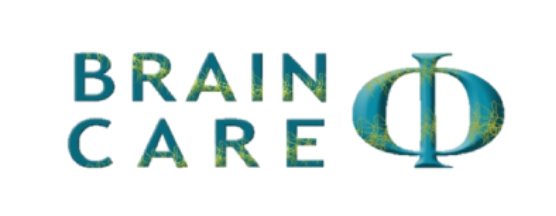
Learning Difficulties
WHO WE HELP
Anger Management
Eating Disorders
Learning Difficulties
Peak Performance
What are Learning Difficulties and Learning Disabilities?
According to Learning Difficul7es Australia, survey data indicated that approximately 13% of students are perceived to have a type of learning difficulty requiring support. The term ‘learning difficulties’ refers to problems identified within reading, writing skills, or mathematics, and within Australia may be referred as a specific learning disorder, for example, dyslexia. The term ‘learning disability’ refers to a smaller sub-set of students who display longer lasting impairments within learning (e.g., reading, writing, or mathematics), and it is estimated that approximately 4% of Australian students have a learning disability. The most common learning difficulty identified for students in Australia is literacy skills (LDA, 2021).
Causes
What causes learning difficulties? From what research and investigation tells us, there are several components such as; genetics, environment, and neurological impairment that can impact capacity to learn. Moreover, external factors of learning may also be influenced by opportunity, community and experience, whereas internal factors are more intrinsic in how an individual learns differently compared to another.
Symptoms and Management of Learning Difficulties/Disabilities
Living with a learning difficulty presents many challenges, not just being unable to read or write. Students with learning difficulties are more likely to repeat a grade which increases likelihood of dropping out; experience attention issues which may result in feelings of failure and low self-esteem; experience bullying due to lack of acceptance amongst their peers; experience emotional and behavioural problems (e.g., I’m a failure) which may lead to misbehaviour, aggression, avoidance, or absenteeism.
Learning difficulties typically require assessment and formal diagnosis. Interventions employed at Brain Care include (but not limited to), cognitive-behavioural therapies, psycho-education, emotion-behavioural, neurofeedback therapies, as well as comprehensive progress tracking. The goal of psychological intervention strives to develop and promote relaxation and calming behaviours, develop greater self- regulation and socio-emotional regulation so that the individual can participate and function optimally.
Supporting Research for Assessment and Intervention
Assessments conducted at Brain Care are utilised to support and address the goals and well-being of the individual. Assessments may include intelligence, neurocognitive, and/or academic performance evaluation to assist formulate therapies. Assessment such as a qEEG are also implemented to better understand fast/slow brain activity associated with learning disorders to direct brain training and relaxation protocols. Advancements in electroencephalography (EEG) continue to support investigation for non-invasive assessment and treatment.
A study by Martinez-Briones et al. (2021) found an improvement in post neurofeedback training (NFB), identifying improvements within cognitive-behavioural indices and diminished EEG abnormalities. Furthermore, working memory tasks were observed to have improved post NFB training. A conclusion of the study best explained these findings as improved neural resource management, memory maintenance, and memory rehearsal.
Why Neurofeedback?
Neurofeedback / neurotherapy is a non-invasive means to retraining the brain to assist an individual’s brain processes information better. There is growing evidence which identifies that brainwaves in a child with a learning disability are either too fast or slow (Jäncke and Alahmadi, 2016). This flow of information affects brain processes and how different parts of the brain communicate with each other. The goal of neurofeedback is to target identified slow/fast waves to stabilise and relax. Outcomes are generally improved self-regulation, cognitive attentional processing, and development of literacy and mathematic skills.
Contact Us

